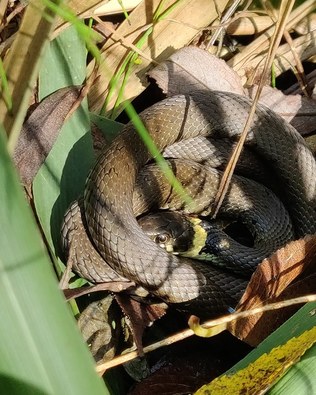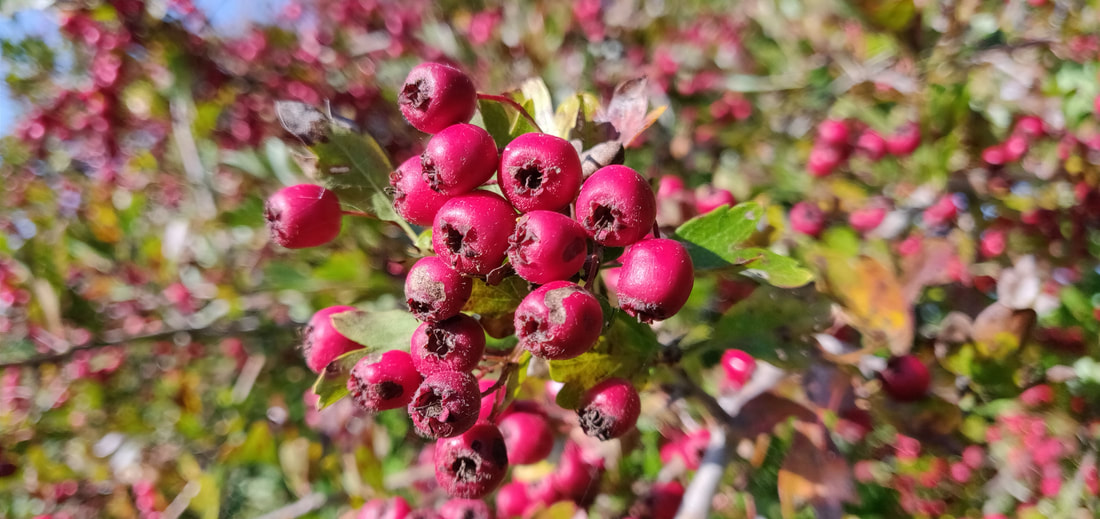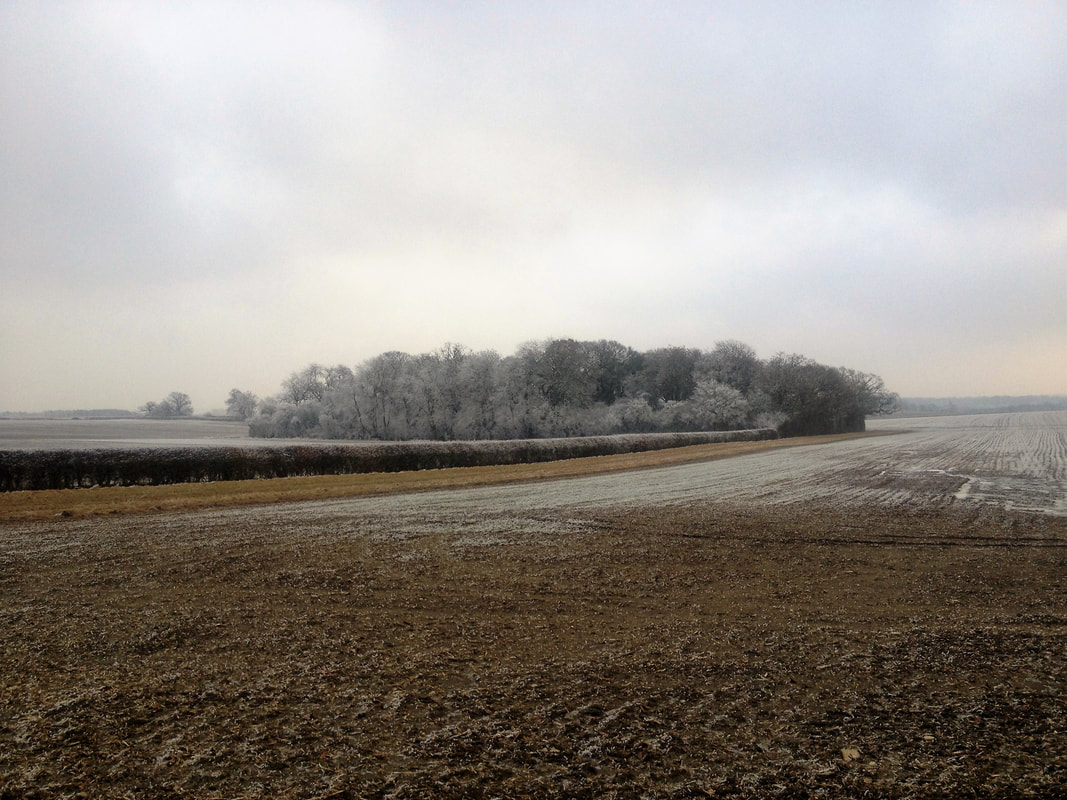|
The hawthorn is a marvellous feature of our hedgerows and scrub and at this time of year is still laden with a good crop of haws—the small, bitter but colourful fruit of the hawthorn bush. Hawthorn is probably the most common hedgerow species, planted in profusion and providing rich benefits to bird species throughout the autumn and winter months. Our resident thrush species are bolstered by fieldfares and redwings, the winter migrants that are a common sight in the fields around our villages.
1 Comment
Throughout September and October, reports were coming in of sightings of obviously sick or dead hares. This led to a series of articles in the press about the issue and a call for records to be submitted to help understand how widespread the issue might be.
For example the Eastern Daily Press and the Guardian both covered the worrying news. Research is being led by Dr Diana Bell of the UEA, who has been studying the impacts of diseases on rabbit populations, including myxomatosis and strains of hemorrhagic disease. Dr Bell and the Suffolk Wildlife Trust has asked for people to send photographs of any dead or diseased hare bodies along with the exact location. We are lucky in East Anglia to be home to a good population of brown hares and the sight of them is commonplace. They are larger than rabbits, with longer back legs and distinctive black tips to their ears. But brown hares have decline by over 80% in the past 100 years, with reasons such as agricultural intensification and persecution being key factors. The reports of disease is concerning and there is a need to understand what is happening. If you have seen a sick or dead hare, you can help by sending a photograph (including head and bottom!) to Dr Bell at the UEA--[email protected] . Alternatively feel free to call us on 07496 255050 or email us on [email protected] if you would like an informal chat about brown hares.
The last couple of months have seen a flurry of reptile surveys on proposed development sites across Norfolk, Suffolk and Essex. These surveys have included the use of artificial refuges (a mixture of roofing felt, roofing sheet and carpet tiles) deployed around potential development sites. These are then visited on repeat occasions and inspected for reptiles basking on the top of the refugia or sheltering underneath them. The key to these surveys is to be slow and stealthy in approaching them, as reptiles can vanish in a flash at the slightest movement or swish of clothing. Ironically, I have seen more reptiles recently on proposed sites where I have been undertaking habitat survey, and recorded reptiles as incidental records. These have included a couple of glimpses of common lizard (perhaps quickest to scamper away) and a few sightings of grass snakes, which although relatively common are my favourite of our common reptile species.  Grass snake, basking on tall herbaceous vegetation Grass snake, basking on tall herbaceous vegetation Reptile surveys are often required on potential development site as all reptiles in the UK benefit from legal protection. For the four common species (grass snake, adder, common lizard and slow worm) it is an offence to kill reptiles under the Wildlife and Countryside Act. Where a site supports a population, a reptile mitigation strategy can be developed to ensure that reasonable measures are put in place to prevent harm to reptiles and reduce the risk of an offence being committed. Such mitigation can include the implementation or reasonable avoidance measures (or RAMs) or potentially the translocation of reptiles to a receptor site. If you would like to know more about when surveys are required, feel free to get in touch via our Contacts page, or email Jon on [email protected] |
Jon HuckleThis is intended to host my articles on ecology, news about what I am up to, and general musings or ramblings about things that concern me.... Archives
February 2023
Categories
All
|


 RSS Feed
RSS Feed
